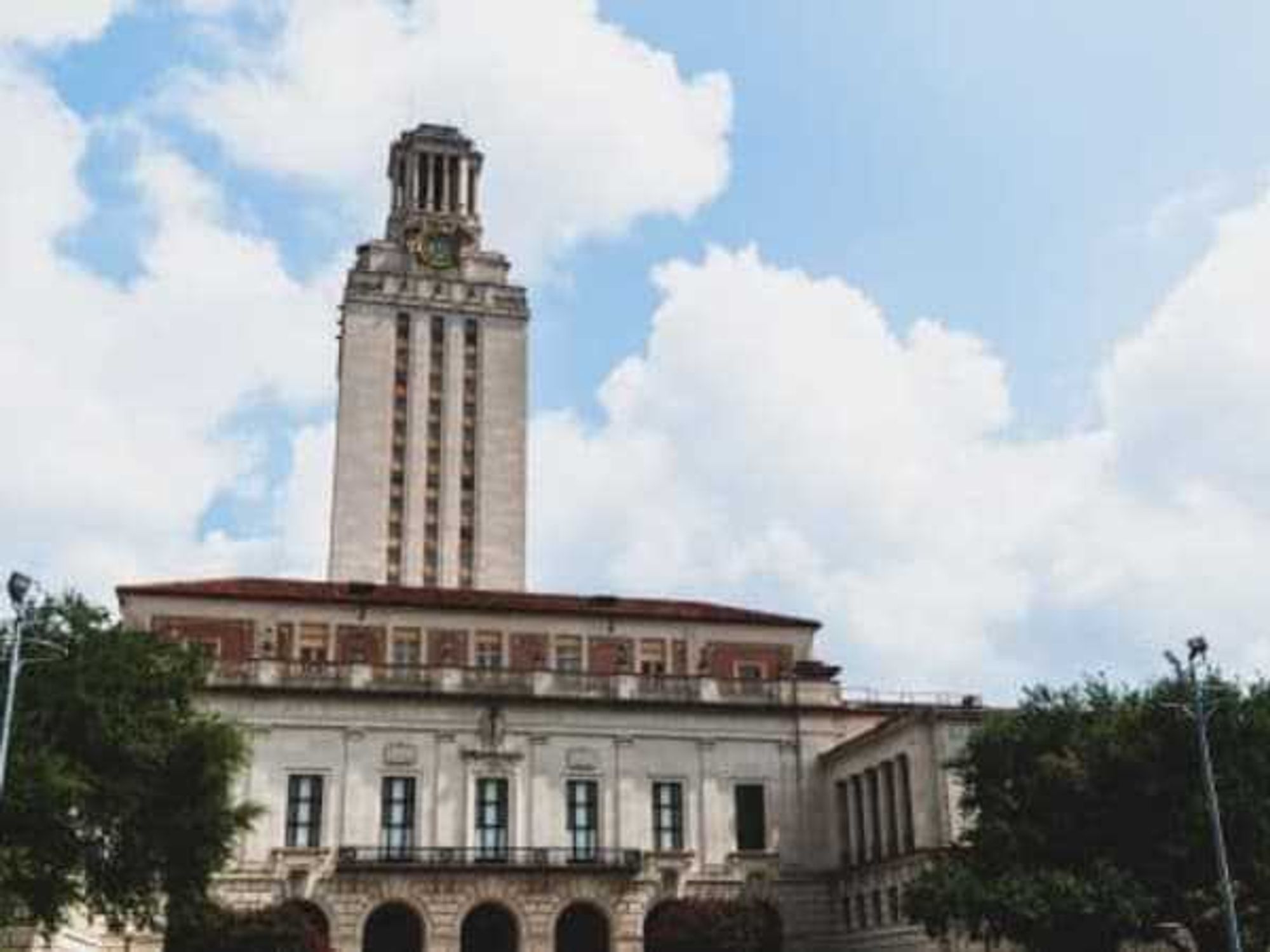COVID-19 News
Austin moves back to Stage 4 restrictions as COVID-19 cases surge

Austin is moving back to Stage 4 restrictions in the fight to control the most recent surge of COVID-19 cases, local officials announced on November 19 during a virtual press conference. The city had been under Stage 3 since late August.
For those who need a refresher, Stage 4 restrictions reduce capacity for businesses and implement lifestyle changes for high-risk individuals. Under this stage, sometimes called "orange," high-risk individuals are encouraged to limit interactions outside of their immediate household. Those considered high risk include people over 65 years of age, and those with diabetes; high blood pressure; heart, lung, and kidney disease; and the immunocompromised and obese.
High-risk individuals should only travel outside the household for essential activities, including work, to receive healthcare, or to obtain basic necessities.
Those who fall outside of the high risk category may continue to gather in groups of 10 or less, though Mayor Steve Adler asked that everyone, regardless of risk, think critically before leaving their household.
"To be clear, going to orange today is asking everybody to look at their individual actions," he said during the virtual conference.
This was a sentiment echoed by Austin Public Health director Stephanie Brown — especially with Thanksgiving a week away.
“We know this virus is especially dangerous to older adults and those with underlying medical conditions,” said Hayden in APH's official release. “As you are making holiday plans, remember your parents, grandparents, aunts, uncles, and other loved ones who could face serious complications. Consider starting new traditions and celebrate only with your household.”
The restrictions also ask businesses to limit capacity to 25-50 percent. Unlike in the spring and summer, when non-essential businesses were required to close, Texas Gov. Greg Abbott has said there will not be another mandated shutdown. Instead, it will be left to the individual business owners.
Schools will also not be closed, although Austin-Travis County Interim Health Director Mark Escott stressed that extracurricular activities, especially sports, should limit outside attendance.
As for bars reopening, the Austin area will have to wait a little longer. Travis County Judge Andy Brown said that the county would continue to look at the COVID-19 numbers to determine the best reopening plan.
"Until the cases are going down," said Brown in response to a question of when bars could reopen. "The bars are currently closed because of the governor's previous order. We're going to keep looking at science ... to see how quickly we can get back to business as usual in Travis County.
Statewide, Texas' infection rate for the novel coronavirus currently sits at more than 10 percent. As cities like El Paso navigate a crippling wave of COVID-19 cases, other major metro areas are also seeing spikes.
In Austin, the 7-day moving average is now 222 cases per day, and its 7-day moving average for new hospital admissions is now 32. By comparison, that latter number hit a high of 75.1 in early July. By September, that number fell to 11.8, largely due to restrictions, and has stayed below 20 until earlier this month when another spike in cases began.
Officials continued to urge Austinites that when outside the home to wear a mask, wash hands often, maintain six feet of distance, and only gather outdoors to help limit this next wave of COVID-19 cases.
"We have the power as a community to avoid a catastrophic event like El Paso," said Escott. "If we can find that balance if we can reduce our risk while we keep our businesses open, then we'll have the best of both worlds."
